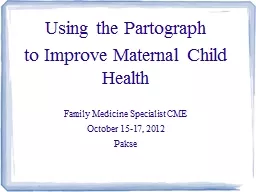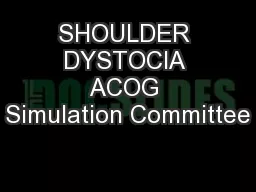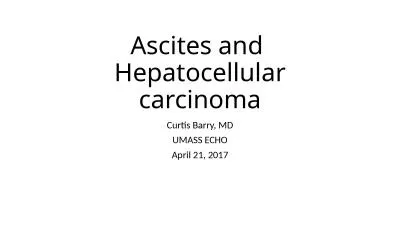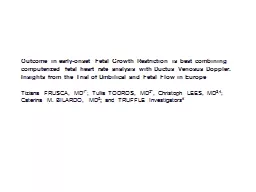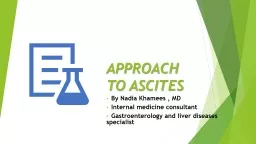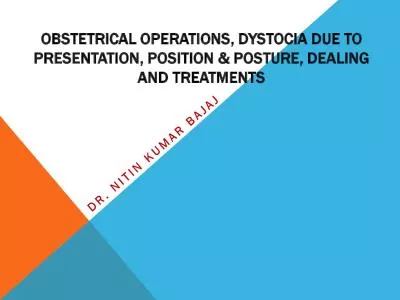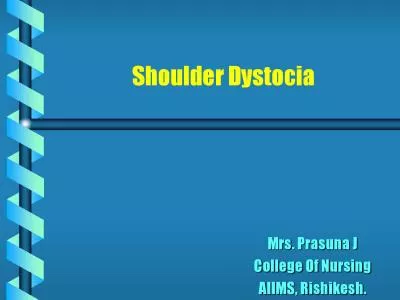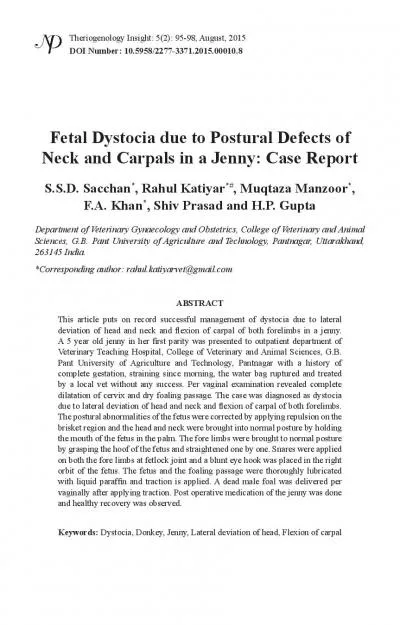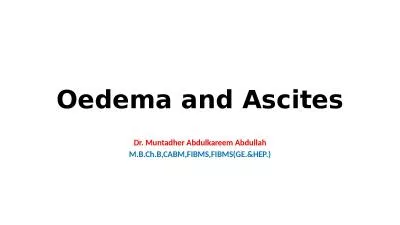PDF-FETAL ASCITES AS A CAUSE OF DYSTOCIA IN LABOURPages with reference to
Author : iris | Published Date : 2022-09-07
Figure 1 Placenta at 24 weeks gestation covering citeostion did not reveal any significant changeCASE2A 25 year old primigravida reported in labour at 39 weeks gestation
Presentation Embed Code
Download Presentation
Download Presentation The PPT/PDF document "FETAL ASCITES AS A CAUSE OF DYSTOCIA IN ..." is the property of its rightful owner. Permission is granted to download and print the materials on this website for personal, non-commercial use only, and to display it on your personal computer provided you do not modify the materials and that you retain all copyright notices contained in the materials. By downloading content from our website, you accept the terms of this agreement.
FETAL ASCITES AS A CAUSE OF DYSTOCIA IN LABOURPages with reference to: Transcript
Download Rules Of Document
"FETAL ASCITES AS A CAUSE OF DYSTOCIA IN LABOURPages with reference to"The content belongs to its owner. You may download and print it for personal use, without modification, and keep all copyright notices. By downloading, you agree to these terms.
Related Documents



